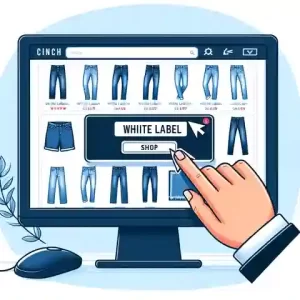Canning label templates are an essential part of the scanning process. Not only do they make your homemade preserves look more professional, but they also provide important information about what is inside the jar. This guide will show you how to create a canning label template and properly label your canned goods.
How to Create a Canning Label Template
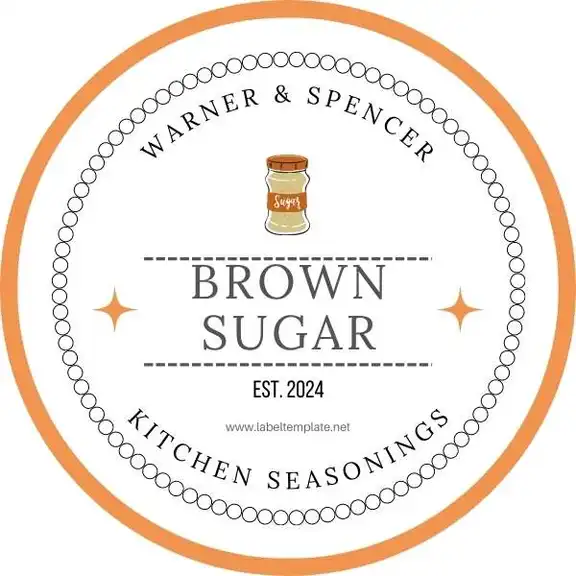
- Choose Your Label Size:The first step in creating a canning label template is choosing the appropriate size. Consider the size and shape of your jars and choose a label size that will fit comfortably on the jar.
- Select a Design Software:There are many design software options available that can help you create a canning label template, such as Adobe Illustrator, Canva, or Microsoft Word.
- Include Required Information:As previously mentioned, including all required information on your canned goods label is important. It includes the name of the product, ingredients, date of canning, and any other relevant information, such as nutritional information or allergen warnings.
- Add a Personal Touch:You can add a personal touch to your canning label template by including a custom design or a special message. Just be sure that any added graphics or text does not interfere with the legibility of the required information.
- Print Your Labels:Once your canning label template is complete, it’s time to print your labels. Use a high-quality printer and label paper to ensure your labels are legible and long-lasting.
Labeling Your Canned Goods
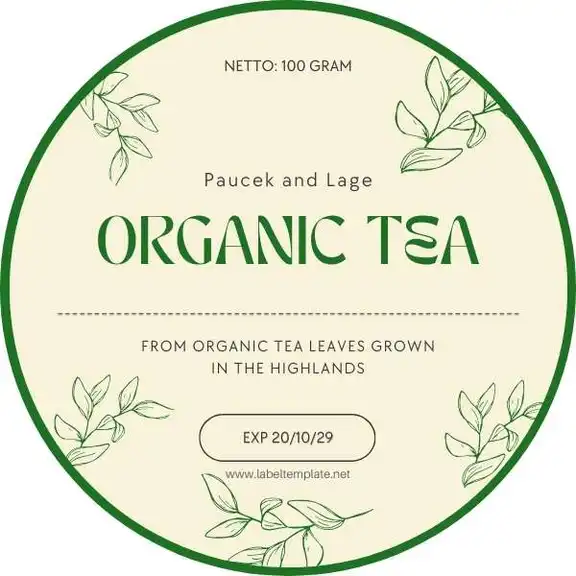
- Name of Product:Include the product’s name on the label. This will help you and others identify the contents of the jar.
- Ingredients:It is important to list all ingredients used in your canned goods, especially if any potential allergens are present.
- Date of Canning:Including the canning, date can help you keep track of the shelf life of your canned goods and ensure that you use them before they expire.
- Batch Number:If you are canning large quantities of food, including a batch number on the label can be helpful. This can help you track which batch the product came from in case of any issues.
- Nutritional Information:If you have any nutritional information to share, such as the number of calories or amount of protein, it can be helpful to include this on the label.
Tips for Safe Labeling
- Use Waterproof Labels:Water can easily damage regular paper labels, making it difficult to read the information. Using waterproof labels or laminating your labels can help ensure they remain legible.
- Use Legible Fonts:Make sure your font is easily read, even from a distance. Choose a font that is clear and easy to read, and avoid using fancy script fonts that may be difficult to read.
- Use Appropriate Labeling Materials:– When labeling your canned goods, ensure you are using materials that are safe for use with food. Avoid using materials like glue or tape that may contain harmful chemicals.
- Include All Required Information: – As mentioned before, including all required information on your label is important. It includes the name of the product, ingredients, date of canning, and any other relevant information, such as nutritional information or allergen warnings.
- Keep Your Labels Simple:While it may be tempting to include lots of information on your labels, keeping them simple and straightforward is often best. It can help ensure the most important information is easily readable and noticed.
Potential risks associated with improper labeling of canned goods
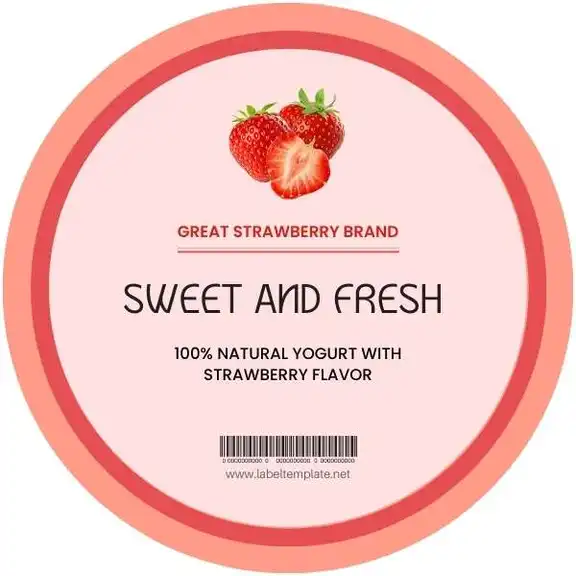
Understanding the potential risks or hazards associated with improper labeling of canned goods is important. Here are some of the risks that can occur if canned goods are improperly labeled:
- Misidentification of the Contents:If canned goods are properly labeled, it can be easier to identify the contents. This can be a serious issue if someone has a food allergy or if the contents are toxic.
- Consumption of Expired Goods:If the canning date is properly labeled, it can be easier to determine the shelf life of the canned goods. Consuming expired goods can be harmful and lead to food poisoning.
- Cross-Contamination:If allergen warnings are not properly labeled, it can lead to cross-contamination. This can be especially dangerous for those with severe food allergies.
- Legal Issues:Improper labeling of canned goods can lead to legal issues, including fines and penalties. It is important to follow all labeling regulations to avoid legal problems.
Different types of label materials and printing options
Here’s some information on the different types of label materials and printing options available for canning labels:
Label Materials
- Paper Labels:These are the most commonly used label materials for canning. They are affordable and come in a variety of shapes and sizes. However, they are not waterproof and can be damaged by moisture.
- Vinyl Labels:Vinyl labels are durable and waterproof, making them a great choice for canning. They are also resistant to oils and chemicals. However, they are more expensive than paper labels.
- Polyester Labels:Polyester labels are extremely durable and resistant to moisture, chemicals, and oils. They are a suitable choice for canning but the most expensive option.
Printing Options
- Inkjet Printing:It is a popular choice for canning labels as it is cheap and has high-quality images. However, the ink may smudge if it comes into contact with moisture.
- Laser Printing:It is another option for canning labels. It is more costly than inkjet printing but has high-quality images resistant to moisture.
- Thermal Printing:It is a cost-effective option for canning labels. It produces high-quality images that are resistant to moisture and chemicals.
When choosing label materials and printing options for canning labels, it’s important to consider your specific needs and budget. Waterproof labels and legible fonts are essential for proper labeling and food safety.
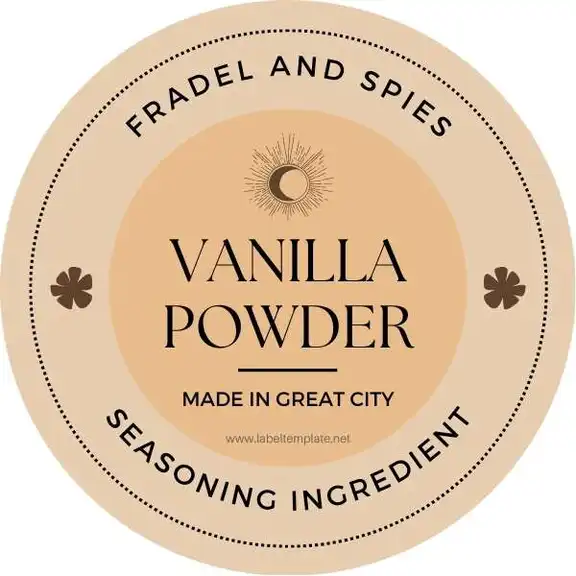
References:
Food Safety and Inspection Service. (2015). Labeling Requirements for Foods. United States Department of Agriculture. Retrieved from https://www.fsis.usda.gov/wps/portal/fsis/topics/regulatory-compliance/labeling/labeling-requirements
Ball Canning. (2022). Labeling and Storage. Retrieved from https://www.freshpreserving.com/labeling-and-storage
Conclusion
Creating a beautiful and functional canning label template is a great way to add a personal touch to your canned goods. By following the tips and tricks outlined in this guide, you’ll be well on your way to creating stunning labels that impress your friends and family. Happy canning!


